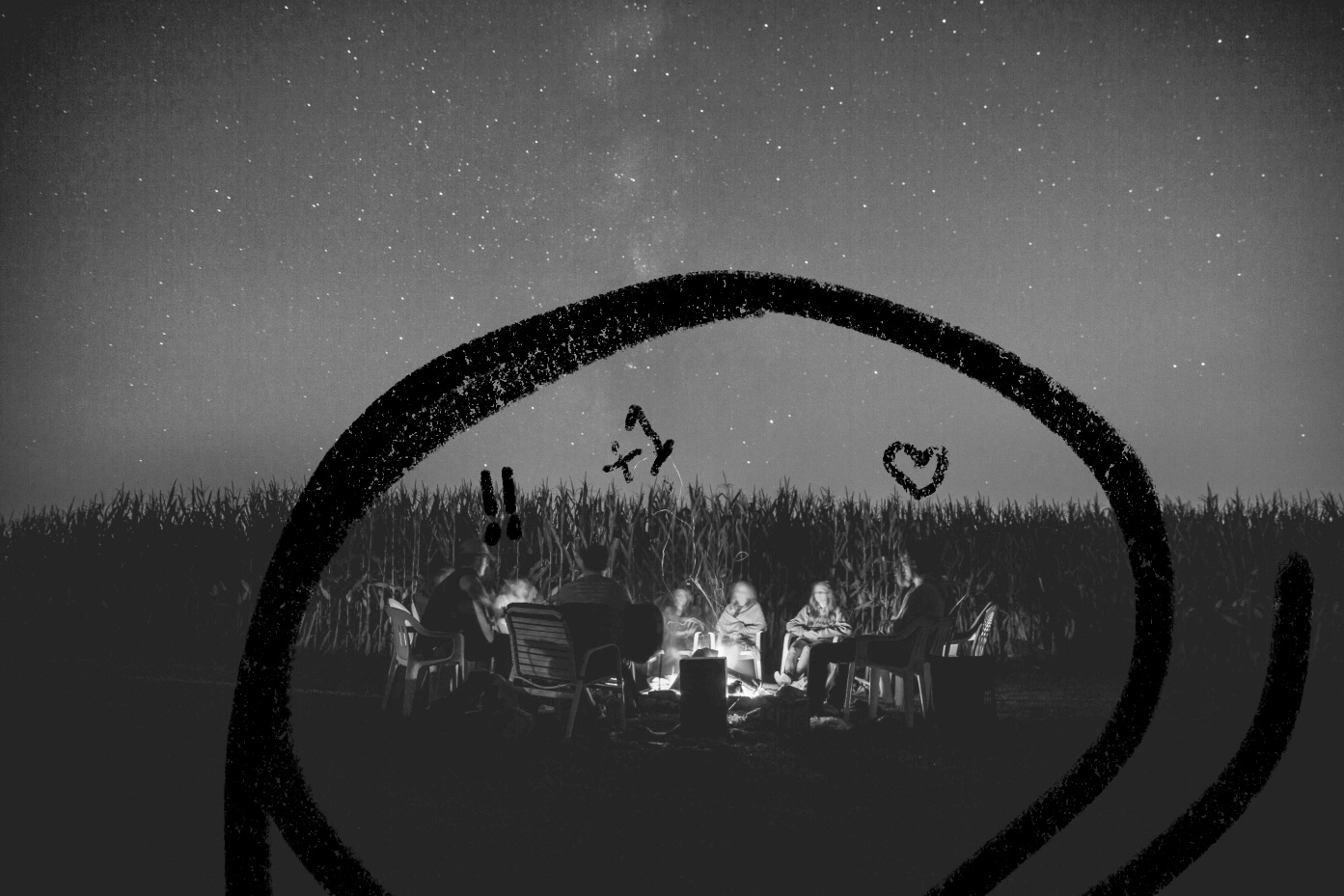
Hi, Nathan here! It’s been too long, I know!! I’ve got a big piece on product wedges coming out next week, but today I am so excited to share with you this special guest post from one of my favorite writers on the internet: Ali Montag.
I love Ali’s writing because it focuses me on the things that actually matter. It takes me to a calm, centered place, where I can see my goals with new clarity. Upon first read, this post may seem more like writing advice than business strategy, but upon closer inspection you will see this lesson is critical for anyone building anything.
You’re gonna love this one.
—Nathan
On Wednesday nights in Austin, I meet with a group of friends in a nearby backyard. We’re a bit of a weird bunch, different ages and different hometowns. It’s not clear anymore how we know each other. It’s hot in Texas, but we still end up around a firepit.
We’re there to talk about writing. There are cold beers, cheeseburgers, and a short lesson about a writer or an idea. I usually disagree with something and stir up a tussle. We jot notes, but we don’t publish much of what we write. The fire offers a tangible reminder of what we’re doing: creating white pages with black ink that will either outlive us or burn up into smoke.
I leave with a buoyant feeling, ready to work. There’s nothing so beautiful as the written word. I can do it: I can put on a pot of coffee and produce something.
At home, I sit at my desk, wobbly and missing a screw, and prepare to begin. I open the Google Doc. The cursor blinks back at me, once, twice, three times. I’ll start in a minute, I think. Let the coffee kick in. Before I know it, my Twitter feed is open and scrolling, words flying past my eyes.
Other writers are succeeding, Twitter tells me. Other writers are amassing hundreds of thousands of followers, earning a legitimacy that will help them pitch book deals and land magazine covers. Other writers are turning their work into businesses. He did it. And he did it. And she did it too. And him. And him. And HER! Other writers aren’t wasting time. They’re not eating cheeseburgers. They’re publishing, publishing, publishing. They’re pitching editors and tweeting quips and churning out blog posts. Other writers are playing the game.
Staring at my screen, tinkering with a silly little paragraph I’ve written and rewritten for six months, I’m consumed by doubt: What am I doing?
In 1944, C.S. Lewis gave a lecture to the students of King’s College at the University of London. He asked the students to consider what he called the “Inner Ring.” He described it like this: In any group, there is an ever-shifting circle of “insiders.” Who is on top? Who is well liked? Who has the smartest ideas? Who holds sway?
Inevitably, he said, we compare ourselves (outsiders) to members of the Inner Ring (insiders.) We want to be inside the ring. Anyone who has eaten in a high school cafeteria knows the feeling: “Everything would be so much better if I were just sitting over there.” An Inner Ring exists in every office, university, church, and bingo hall.
The Only Subscription
You Need to
Stay at the
Edge of AI
The essential toolkit for those shaping the future
"This might be the best value you
can get from an AI subscription."
- Jay S.
Join 100,000+ leaders, builders, and innovators

Email address
Already have an account? Sign in
What is included in a subscription?
Daily insights from AI pioneers + early access to powerful AI tools







Comments
Don't have an account? Sign up!